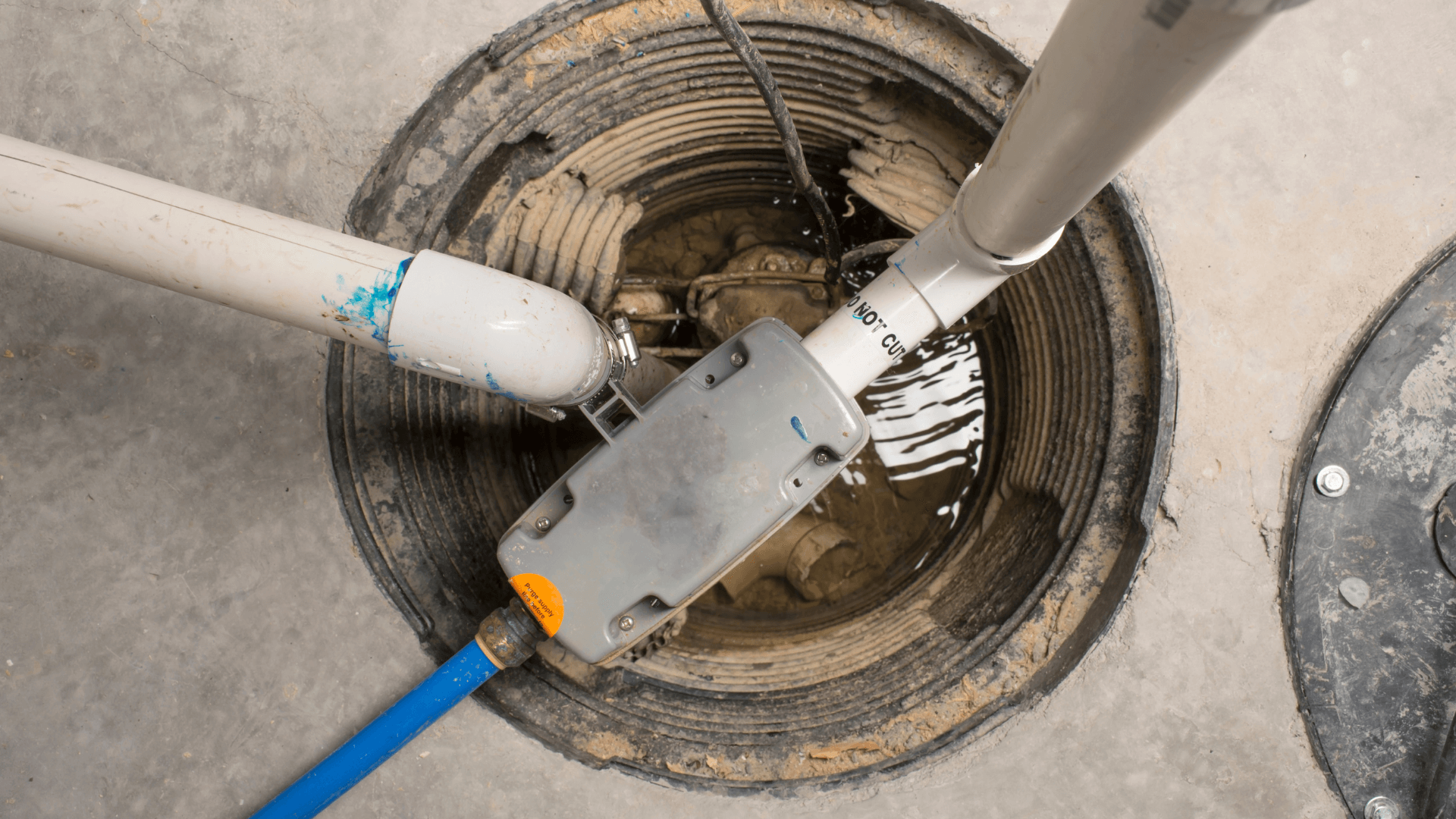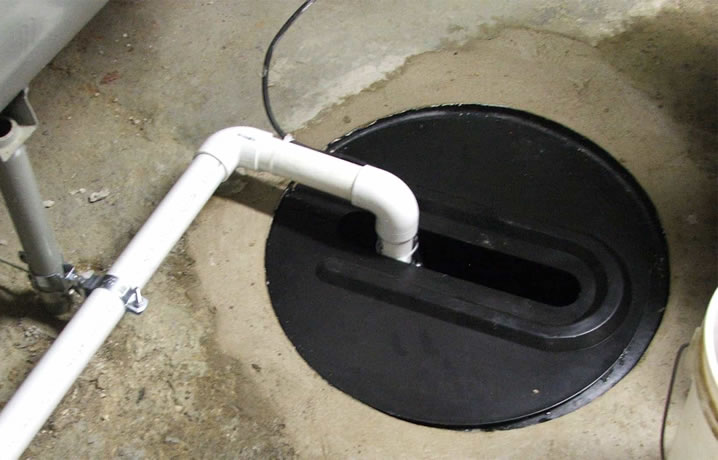They are making a number of good observations related to Steps to Cleaning Your Sump Pump Properly as a whole in this great article further down.

Sump pumps are vital elements in several homes, especially in areas susceptible to flooding or extreme dampness. They aid prevent water damage by effectively getting rid of excess water from basements or crawl spaces. However, like any other home appliance, sump pumps need routine upkeep to guarantee they operate properly when required the most. Cleaning your sump pump is a vital part of its maintenance, and comprehending just how to do it effectively can conserve you from pricey fixings and possible disasters.
Introduction
Maintaining a clean sump pump is essential for its correct functioning and long life. Disregarding this crucial job can bring about obstructions, breakdowns, and eventually, water damage to your residential property. As a result, discovering exactly how to cleanse a sump pump is crucial for homeowners that count on these gadgets to keep their cellars completely dry and secured.
Comprehending the Sump Pump
Prior to diving into the cleaning process, it's necessary to have a fundamental understanding of just how a sump pump works. Normally set up in a pit or container listed below the basement floor, a sump pump consists of several key components, consisting of a pump, a float button, and a discharge pipeline. When water gathers in the pit, the float button triggers the pump, which then pumps the water out through the discharge pipeline, far from the building's foundation.
Signs of a Dirty Sump Pump
Knowing when your sump pump requires cleansing is important for stopping potential breakdowns. Some common indicators that indicate a filthy sump pump include weird noises throughout operation, lowered water flow, and noticeable debris in the pit. If you observe any one of these symptoms, it's important to clean your sump pump immediately to avoid any kind of further problems.
Preparing for Cleaning
Before you start cleaning your sump pump, it's necessary to take some safety and security precautions. Beginning by shutting off the power to the pump to prevent any kind of electrical mishaps. Furthermore, put on appropriate protective equipment, such as handwear covers and goggles, to secure on your own from dirt, debris, and potential microorganisms.
Detailed Overview to Cleaning a Sump Pump
Shutting Off the Power
Begin by detaching the power supply to the sump pump to stop any accidents while cleaning.
Removing Debris and Dirt
Utilize a pail or an inside story to remove any visible debris, dust, or sediment from the sump pit. Dispose of the debris correctly to avoid it from blocking the pump or the discharge pipeline.
Cleansing the Pump and Drift Switch Over
Once the pit is clear of debris, meticulously get rid of the pump from the pit. Inspect the pump and the float switch for any signs of damage or wear. Use a soft brush or fabric to clean up the surfaces and get rid of any kind of gathered crud.
Purging the System
After cleansing the pump and float button, purge the sump pit with tidy water to eliminate any type of continuing to be dirt or sediment. This will certainly aid make sure that the pump runs smoothly and effectively.
Checking for Proper Performance
Prior to re-installing the pump, do a quick test to ensure that the float switch turns on the pump appropriately. Put some water right into the sump pit and observe the pump's procedure. If everything is operating correctly, you can rebuild the pump and reconnect the power supply.
Maintenance Tips to Keep Your Sump Pump Clean
Along with periodic cleansing, there are a number of upkeep tips you can comply with to maintain your sump pump in optimal condition:
Final thought
Cleaning your sump pump is a critical element of its upkeep and makes sure that it operates successfully when you need it one of the most. By complying with the steps detailed in this guide and integrating regular maintenance right into your routine, you can expand the lifespan of your sump pump and shield your home from water damages.
6 STEPS ON HOW TO CLEAN A SUMP PUMP PROPERLY
UNDERSTANDING SUMP PUMPS
Your sump pump plays a crucial role in protecting your home by managing and removing excess water. It primarily functions as a “shield”, guarding your basement against the damaging effects of water accumulation. The pump is housed in a sump pit in the lowest part of your basement, and its job is to pump out any water that collects there.
During heavy rainfalls or when snow melts rapidly, water can infiltrate your basement, posing potential risks like flooding, structural damage, and harmful mold growth. Here, the sump pump springs into action, pumping out the intruding water and directing it away from your home.
SAFETY FIRST
Before cleaning, remember to prioritize safety. Disconnect the sump pump from the power source to prevent any accidental electric shocks. Also, wear sturdy gloves to protect your hands from any sharp or dirty components within the pump.
REMOVE THE SUMP PUMP
After ensuring your safety, the next step is to remove the sump pump from its pit. Doing this might require careful maneuvering as you don’t want to damage any pump components. Once removed, clean the sump pit to remove any accumulated debris or sludge.
INSPECT THE PUMP
Inspect the pump for any visible signs of wear or damage. Check the power cord, float switch, and impeller housing. If any components look worn out or damaged, consider replacing them to ensure optimal performance.
CLEAN THE PUMP
Thoroughly clean the pump with warm, soapy water. Make sure to rid it of any dirt, gravel, or other debris that might impede its performance. You can use a toothbrush to clean the small, hard-to-reach parts of the pump.
REINSTALL THE SUMP PUMP
Reinstall the pump into the sump pit Make sure it’s positioned correctly to remove the water effectively Once it’s back in place, reconnect it to the power source TEST THE PUMP
Finally, pour some water into the pit to ensure the pump works correctly. It should start automatically and begin pumping out the water; if it doesn’t, check the power source and the positioning of the pump.
Remember, while cleaning your sump pump is an essential part of home maintenance, hiring a professional plumber for a thorough inspection and cleaning at least once a year is also important. This will ensure that your pump is in optimal condition, ready to protect your home from potential water damage.
BEST PRACTICES FOR CLEANING SUMP PUMP DISCHARGE PIPES
Regular Inspection: Regularly inspect your discharge pipes, especially during heavy rainfall or snowmelt periods. Look for any signs of blockage or damage. Early detection of problems can prevent serious issues down the line. Periodic Cleaning: Over time, sediment and debris can accumulate in the discharge pipes, impeding the flow of water. Regular cleaning helps keep the pipes clear and functioning efficiently. You can use a high-pressure water jet to effectively clean the pipes. Insulation During Winter: In colder climates, discharge pipes can freeze, blocking the outflow of water. Protect your discharge pipes from freezing temperatures by insulating them with foam pipe insulation. This will ensure the sump pump can continue to discharge water even in freezing conditions. Proper Positioning: The discharge pipe should be positioned to direct water away from your home’s foundation. Improper positioning can lead to water seeping back into the basement. Ensure the pipe is long enough and angled correctly. Installation of a Check Valve: A check valve prevents water from flowing back into your sump pit after the pump has pushed it out. Installing a check valve helps maintain the efficiency of your sump pump and reduces the risk of flooding. Minimize Pipe Turns: Every curve or turn in the discharge pipe can decrease the efficiency of water flow. By minimizing turns and bends in your discharge pipe, you can increase the efficiency of your sump pump. https://www.fullspeedplumbing.com/how-to-clean-a-sump-pump-properly9999/

I'm very drawn to How to Care for Your Sump Pump and I really hope you appreciated our blog entry. For those who appreciated our blog entry if you please be sure to pass it around. Thank you for your time invested reading it.
Additional Resources